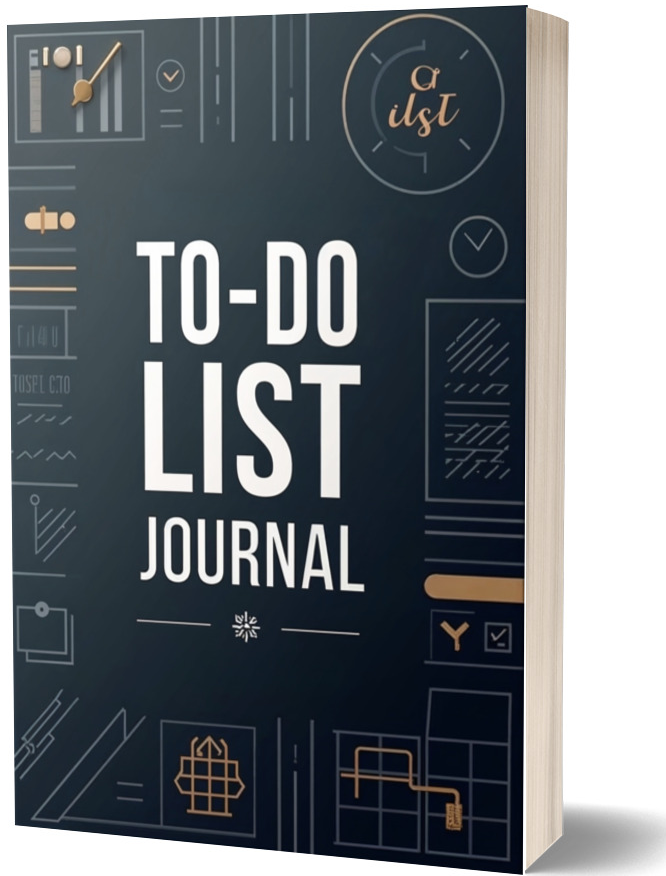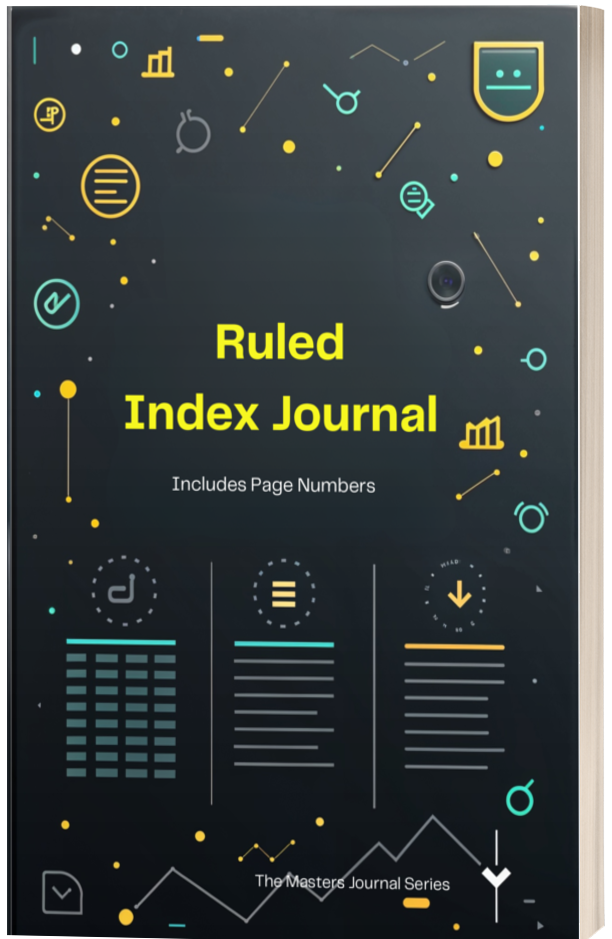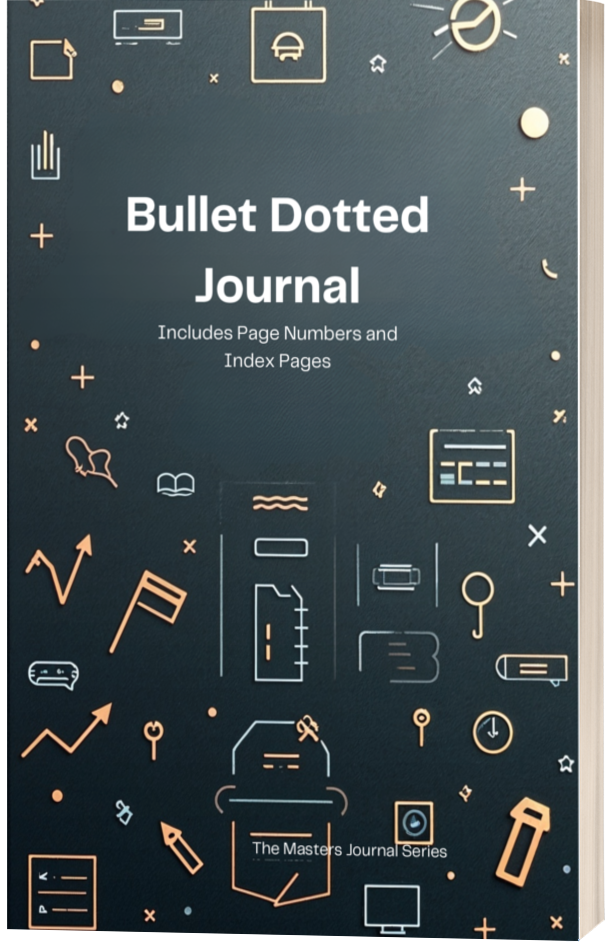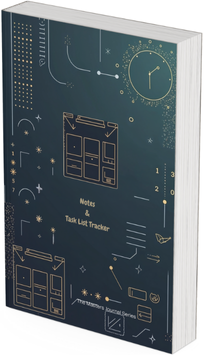A Guide to Bullet Journaling: Transforming a Blank Journal into a Productivity Powerhouse
A bullet journal is more than just a notebook; it’s a versatile tool that can help you organize your life, track your goals, and foster creativity. Starting with a blank journal may feel overwhelming, but with the right ideas and strategies, you can create a system tailored to your needs and preferences.
This guide will walk you through the basics of bullet journaling and suggest practical ideas to make your journal both functional and inspiring.
---
What is Bullet Journaling?
Bullet journaling is a method of personal organization created by Ryder Carroll. It combines elements of a planner, diary, and to-do list into a customizable system. The beauty of a bullet journal lies in its flexibility—you decide what to include and how to format it.
---
Essential Supplies
Here’s what you need to get started:
- **A blank journal**: Dot grid journals are popular for their versatility, but lined or plain notebooks work just as well.
- **Pens and markers**: Invest in high-quality pens that don’t bleed through the pages.
- **Ruler**: Useful for creating straight lines and clean layouts.
- **Optional embellishments**: Washi tape, stickers, and colored pencils can add a creative touch.
---
Setting Up Your Bullet Journal
1. **Create an Index**
Dedicate the first few pages to an index. This will help you quickly find sections or important entries.
2. **Add a Key**
Design a key for symbols you’ll use throughout your journal. For example:
- Task: ○ (open circle)
- Completed Task: ✓ (checkmark)
- Event: □ (open square)
- Priority: ★ (star)
3. **Monthly Overview**
Create a spread to outline your month. Include important dates, goals, and tasks.
4. **Weekly or Daily Logs**
Plan your week or days in detail. Include tasks, appointments, and notes.
---
Ideas for Your Bullet Journal
**1. Habit Tracker**
Monitor daily habits such as exercise, hydration, meditation, or reading. Use a grid layout to track your progress over the month.
**2. Goal Setting**
Dedicate a section to your short-term and long-term goals. Break them into actionable steps and track your progress.
**3. Gratitude Log**
Write down things you’re grateful for each day. This practice fosters positivity and mindfulness.
**4. Mood Tracker**
Use colors or symbols to record your mood each day. This can help you identify patterns and triggers.
**5. Meal Planner**
Plan your weekly meals and grocery lists. This helps save time and reduces food waste.
**6. Finance Tracker**
Keep track of your income, expenses, and savings goals. A simple monthly budget layout can help you stay on top of your finances.
**7. Brain Dump**
Reserve a page for a brain dump where you can jot down random ideas, thoughts, or reminders.
**8. Books to Read and Movies to Watch**
Create a list of books, movies, or TV shows you want to explore. Check them off as you complete them.
**9. Travel Plans**
Design a travel spread to plan upcoming trips. Include destinations, itineraries, packing lists, and budget details.
**10. Inspirational Quotes**
Dedicate a page to uplifting quotes or mantras. Refer to it for motivation when needed.
**11. Project Tracker**
Track the progress of personal or professional projects. Break tasks into milestones and record deadlines.
**12. Health and Fitness Log**
Record workouts, water intake, and health milestones. Include notes on how you’re feeling physically and mentally.
**13. Creative Pages**
- **Doodles and Sketches**: Use blank pages to express your artistic side.
- **Vision Board**: Paste images and words that represent your goals.
**14. Learning Tracker**
Track new skills or courses you’re working on. Note key takeaways and progress.
---
Tips for Success
- **Start simple**: Avoid overwhelming yourself with too many layouts or sections initially.
- **Be consistent**: Set aside a regular time to update your journal.
- **Adapt as needed**: Change layouts or add sections to suit your evolving needs.
- **Make it yours**: Personalize your journal to reflect your personality and interests.
---
Conclusion
A bullet journal is a powerful tool for staying organized, fostering creativity, and achieving your goals. Whether you use it for productivity, self-reflection, or planning, the possibilities are endless. Start with a blank journal, incorporate these ideas, and watch as it transforms into a system that works uniquely for you.
10 Essential Journal Activities
1. Daily Gratitude
Why: Cultivates a positive mindset by shifting focus toward what’s going well.
How: List three things you’re grateful for each morning or evening, no matter how big or small.
2. Goal Setting and Tracking
Why: Helps set a clear path and keeps you accountable.
How: Start each week by writing down specific goals and check in on progress each day, recording obstacles and breakthroughs.
3. Mindful Reflection
Why: Builds self-awareness and mindfulness by allowing you to understand your thoughts and emotions.
How: Each night, reflect on your day, asking questions like, "What did I learn?" or "What could I have done better?"
4. Prompt-Based Self-Exploration
Why: Encourages deep introspection and fosters new perspectives.
How: Use prompts like, "What makes me truly happy?" or "What are my core values?" to dive deeper into your beliefs and desires.
5. Habit Tracking
Why: Reinforces positive habits and shows you areas for improvement.
How: Track small habits, such as reading, exercising, or meditating, by marking them off daily or weekly.
6. Growth Mindset Journaling
Why: Strengthens resilience by focusing on lessons from setbacks.
How: When something doesn’t go as planned, write about what happened, how it felt, and what you learned from the experience.
7. Visualization and Future Self
Why: Inspires motivation by clarifying your long-term vision.
How: Write about your ideal future self, envisioning where you’ll be in five or ten years, and explore the actions needed to get there.
8. Monthly Review and Planning
Why: Provides a bigger picture and helps you stay aligned with long-term goals.
How: At the end of each month, review accomplishments, challenges, and areas for growth. Then, plan the focus for the upcoming month.
9. Creativity and Idea Journaling
Why: Fosters innovation by giving space for ideas to develop.
How: Write down any ideas, no matter how big or small. This is a space for brainstorming without judgment.
10. Mind Dumping (Brainstorming)
Why: Reduces mental clutter by letting you get all thoughts out on paper.
How: When you feel overwhelmed, simply write down whatever comes to mind without structure to help clarify and prioritize tasks or emotions.
These activities collectively support a well-rounded journaling practice that nurtures personal growth, accountability, and a deeper understanding of oneself.
The SMART Framework and The CLEAR Method: Goal-Setting Made Simple
Effective goal-setting is the cornerstone of personal and professional success. However, without a structured approach, even the best intentions can fall short. Two popular frameworks—the SMART framework and the CLEAR method—offer practical tools to help you define, pursue, and achieve your goals with clarity and focus.
This article explores both methods, their unique benefits, and how to apply them for maximum impact.
---
The SMART Framework
The SMART framework is a widely used goal-setting tool that ensures your objectives are clear, achievable, and measurable. SMART stands for:
1. **Specific**
Your goal should be clear and precise, leaving no room for ambiguity.
- Example: Instead of saying, “I want to get in shape,” specify, “I want to run a 5K in under 30 minutes.”
2. **Measurable**
Define how you will track your progress and determine success.
- Example: Track your running distance and time weekly to measure improvement.
3. **Achievable**
Set a goal that is realistic given your resources and time frame.
- Example: If you’re a beginner, aiming to run a 5K in a month is achievable; aiming for a marathon might not be.
4. **Relevant**
Ensure your goal aligns with your broader ambitions and values.
- Example: Running a 5K aligns with your goal of improving physical health and energy levels.
5. **Time-Bound**
Set a clear deadline to create urgency and focus.
- Example: Commit to completing the 5K within the next 8 weeks.
Why Use SMART Goals?
SMART goals provide structure and eliminate vagueness, making it easier to stay on track and celebrate progress. They work well for both personal and professional objectives, offering a step-by-step roadmap to success.
---
The CLEAR Method
While the SMART framework focuses on specificity and measurability, the CLEAR method emphasizes adaptability and alignment, particularly in dynamic environments like teams or organizations. CLEAR stands for:
1. **Collaborative**
Goals should encourage teamwork and collective effort.
- Example: Set a goal for your team to launch a product within three months, ensuring everyone’s input and roles are clear.
2. **Limited**
Keep goals manageable in scope to maintain focus and avoid overwhelm.
- Example: Instead of tackling multiple projects, focus on completing one high-priority project at a time.
3. **Emotional**
Goals should resonate emotionally to inspire motivation and commitment.
- Example: Align goals with personal values or organizational missions, such as creating a product that positively impacts customers.
4. **Appreciable**
Break larger goals into smaller, actionable steps.
- Example: Divide a year-long project into monthly or weekly milestones to make progress more tangible.
5. **Refinable**
Be flexible and willing to adjust goals as circumstances evolve.
- Example: If new challenges arise, revisit and revise your project timeline or strategy.
Why Use the CLEAR Method?
The CLEAR method is particularly effective in collaborative and fast-changing environments. It fosters flexibility and emotional engagement, ensuring that goals remain relevant and achievable even as priorities shift.
---
Comparing SMART and CLEAR

---
How to Apply Both Frameworks
1. **Combine Strengths**: Use SMART to define clear, measurable goals, and integrate CLEAR principles for adaptability and emotional connection.
2. **Tailor to Context**: For personal goals, SMART may suffice. For team projects, CLEAR’s collaborative and refinable aspects can provide better outcomes.
3. **Regular Check-Ins**: Whether using SMART, CLEAR, or both, schedule regular reviews to assess progress and make necessary adjustments.
---
Conclusion
Both the SMART framework and the CLEAR method offer valuable approaches to goal-setting. By understanding their unique strengths and tailoring them to your needs, you can create goals that are both achievable and inspiring.
Start by identifying your objectives and choose the framework that best aligns with your situation. With clarity, focus, and flexibility, you’ll be well on your way to achieving your aspirations.
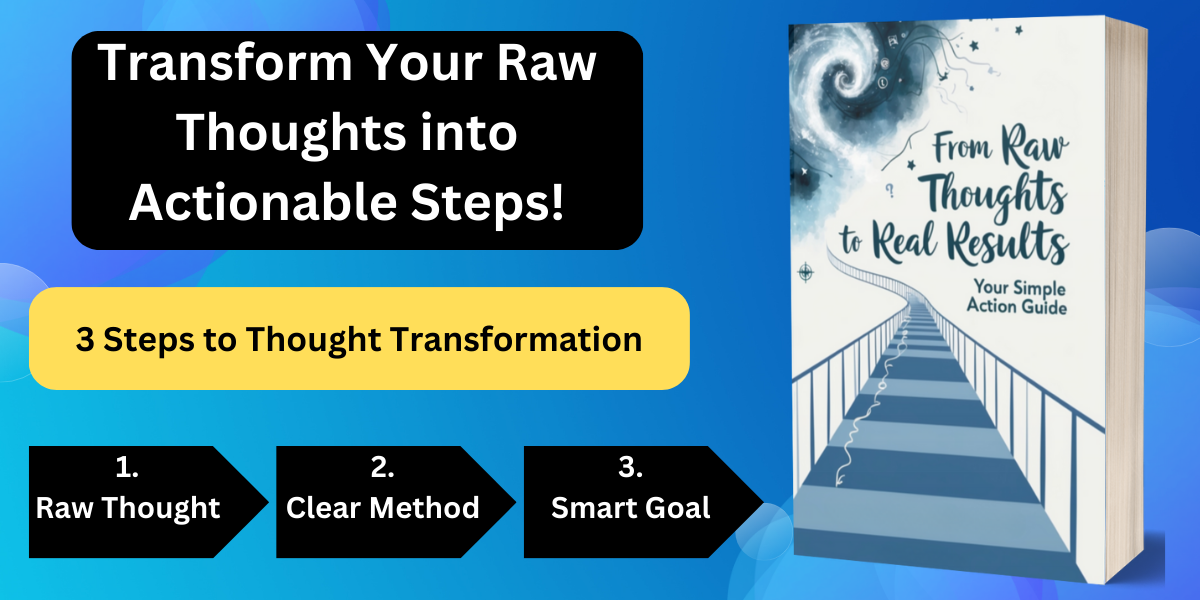
Welcome to your thought transformation journal, a tool to guide you in turning raw ideas—your dreams, frustrations, and hopes—into actionable goals. This journal is designed not just for reflection but as a practical roadmap toward building your desired future.**What’s Inside**
This journal guides you through structured steps to shape thoughts into actionable plans:
1. Raw Thoughts: A space to freely jot down unfiltered thoughts, creating a foundation for change.
2. Thought Transformation: Select thoughts from the Raw Thoughts section to refine. Use the CLEAR and SMART frameworks to mold them into practical goals.
3. Examples & Prompts: Sample pages illustrate how to transform common thoughts into constructive actions, offering guidance and inspiration.
4. Tracking & Adjustments: Regularly revisit goals, track progress, and make necessary adjustments, acknowledging that transformation is a continuous journey.
5. Positivity & Progress: Reframe negative thoughts to nurture a constructive mindset, maintaining forward momentum.Each section in this journal supports your growth. As you move through these steps, you’ll see how small, thoughtful actions add up to significant progress.
Purchase You Smart Journal From Amazon Click here to order.







